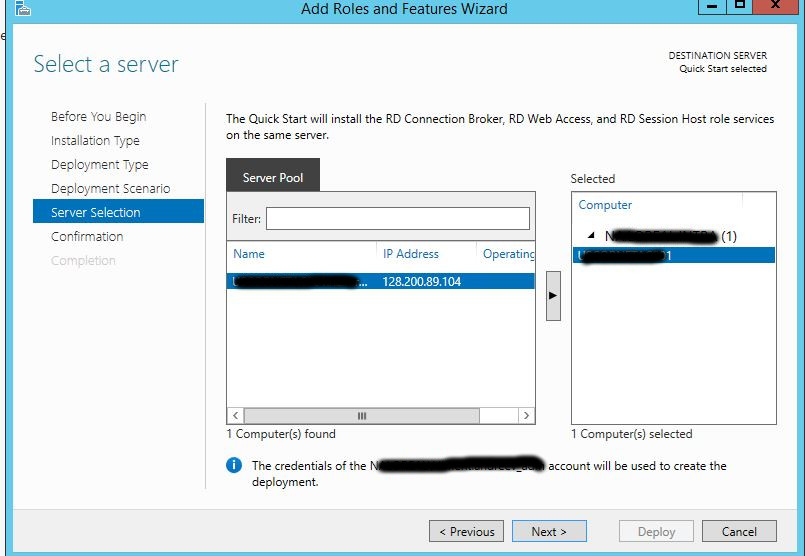

(These are the joys of old versions of Python being preinstalled on Macs.) Configuring Custom Models If you get the message ModuleNotFoundError: No module named 'flask', it probably means you're using the wrong version of Python. % conda env config vars set PYTORCH_ENABLE_MPS_FALLBACK=1 (Note that the '%' character below is meant to denote the command prompt do not include it when copying and pasting.) Set up a Conda environment named sd-api-server by running the following command:.🤞 If anyone wants to make a detailed installation video, I would love to embed it right here. Note that this project uses the content safety filter. You can run Photoshop on the same machine if you have to, but you will be giving up some of your GPU memory which is good for the Photoshop user experience, but bad for optimal local inference. Performance on Windows is also very good, but I recommend a dedicated machine with no other apps running. If you can swing it, for best results, use a dedicated Linux box. M1 Mac support using MPS (Metal Performance Shaders) is highly experimental (and not easy to configure) but it does work, and it will get better over time. The server will run on Windows and Linux machines with NVIDIA GPUs, and on M1 Macs.

ckpt files into the diffusers format using the aptly named convert_original_stable_diffusion_to_diffusers.py script.) (Note that loading checkpoint files directly is not currently supported, but you can easily convert.

Stable Diffusion weights automatically downloaded from Hugging Face.(Also a generic Stable Diffusion REST API for whatever you want.) A local inference REST API server for the Stable Diffusion Photoshop plugin.


 0 kommentar(er)
0 kommentar(er)
